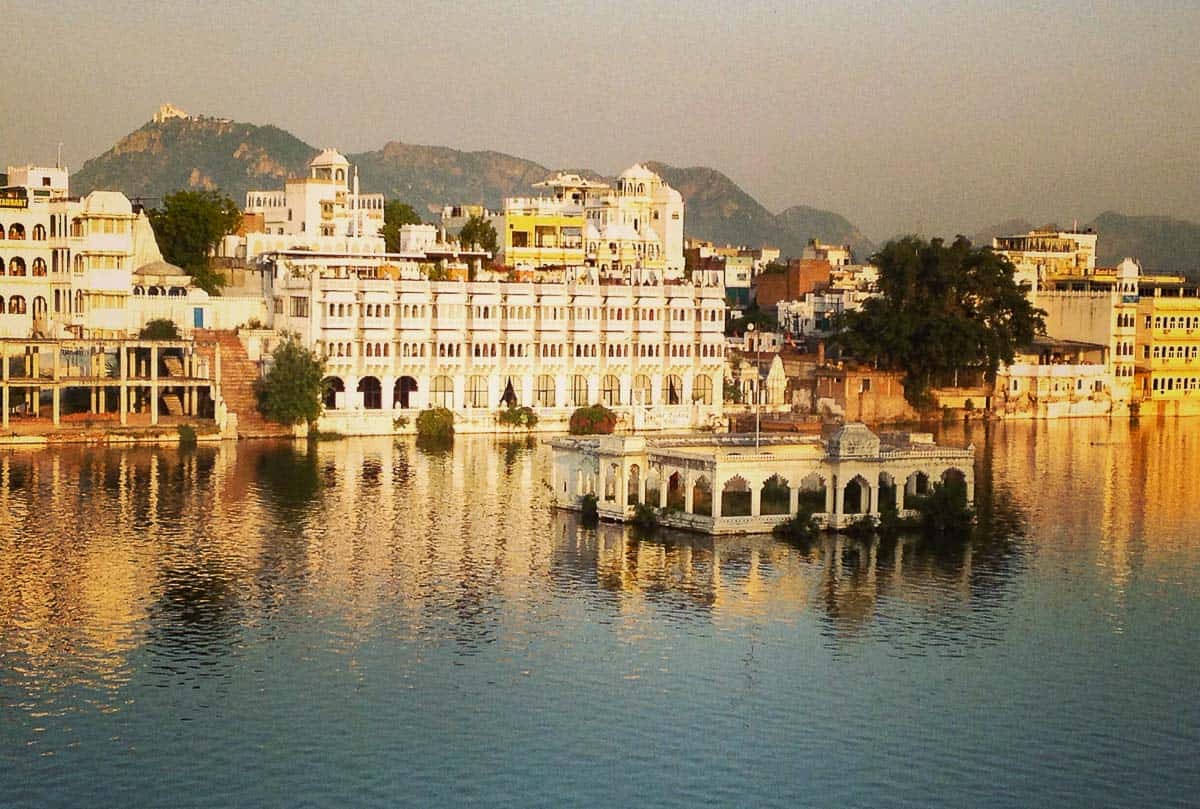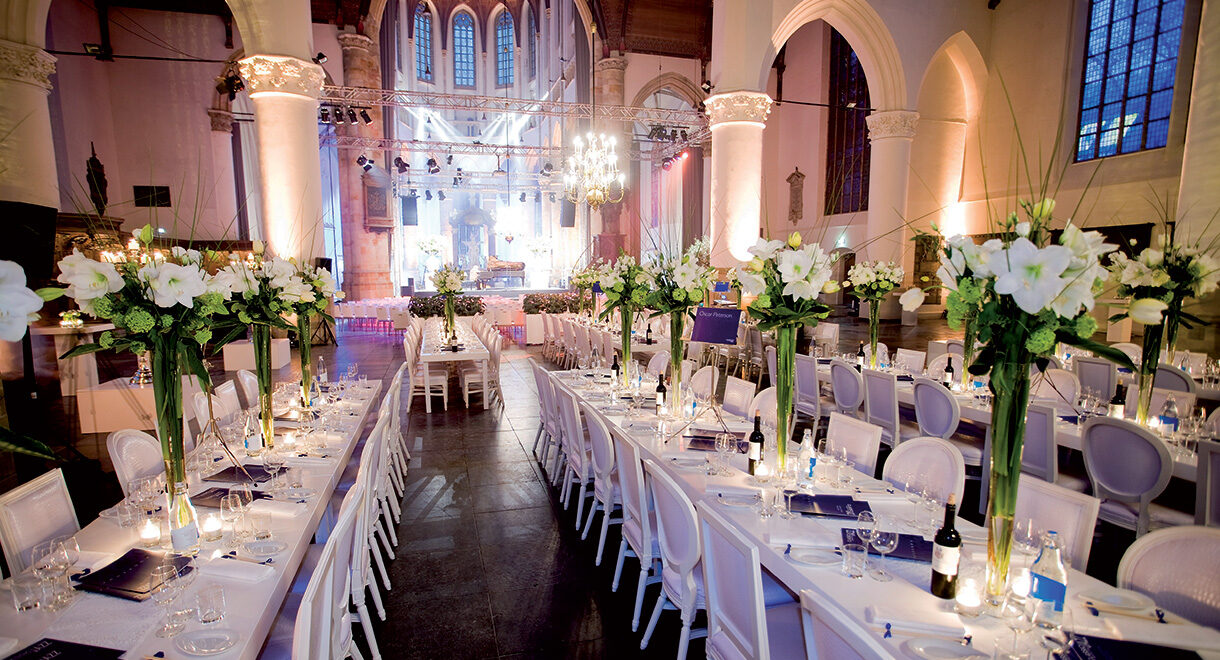How Phad Paintings Are Made: A Step-by-Step Guide
How Phad Paintings Are Made: A Step-by-Step Guide

Phad painting is a unique Rajasthani folk art that blends storytelling with intricate artistic techniques. This traditional scroll painting is deeply rooted in history and is used to narrate the tales of deities, folk heroes, and mythological events. Every stroke, color, and detail in a Phad painting has significance, making the creation process both an artistic and spiritual journey.
This guide walks through the step-by-step process of making a Phad painting, shedding light on the craftsmanship, materials, and techniques involved.
What Are the Essential Materials Used in Phad Paintings?
Phad paintings are created using traditional, eco-friendly materials, ensuring that the artwork remains vibrant and durable over centuries. Some of the essential materials include:
-
Handmade Cotton Cloth – The base canvas for the painting.
-
Natural Pigments – Colors derived from minerals, plants, and stones.
-
Traditional Brushes – Made from squirrel or goat hair for precise detailing.
-
Natural Gum and Water – Used to bind the pigments and create long-lasting colors.
Step 1: Preparing the Canvas
Before any painting begins, the artist prepares the canvas, ensuring it is smooth, durable, and absorbent.
1. Selecting the Cloth
Phad paintings are traditionally created on handwoven cotton or khadi fabric. This fabric is chosen because of its durability and ability to absorb natural pigments effectively.
2. Treating the Fabric
To ensure the canvas is strong and non-porous, the fabric is:
-
Soaked overnight in water.
-
Rubbed with a paste made from wheat flour, gum, and water.
-
Sun-dried and stretched to create a firm painting surface.
This process prevents the paint from seeping through the fabric and helps retain the vibrancy of colors.
Step 2: Sketching the Design
Once the canvas is ready, the artist begins the sketching process, which is done entirely by hand.
1. Creating the Layout
Phad paintings are known for their narrative storytelling format, meaning:
-
The composition is designed horizontally to resemble a scroll.
-
Larger figures represent gods and warriors, while smaller figures represent common people or supporting characters.
-
The placement of figures follows the sequence of the story, ensuring clarity in narration.
2. Drawing the Outline
Using a fine brush dipped in charcoal or natural ink, the artist carefully draws the basic structure of the painting. This outline includes:
-
Major figures (deities, rulers, or warriors).
-
Temples, animals, and celestial symbols.
-
Decorative elements like floral borders and geometric motifs.
This is one of the most crucial steps, as it determines the final structure of the painting.
Step 3: Preparing and Applying Colors
One of the defining features of Phad paintings is their use of natural colors, which are prepared by the artist using traditional techniques.
1. Sourcing Natural Pigments
Each color used in a Phad painting is made from organic materials, ensuring longevity and an authentic appearance. Some common colors include:
-
Yellow – Made from turmeric and limestone.
-
Red – Derived from flowers and vermilion.
-
Green – Extracted from indigo and leaf pigments.
-
Blue – Obtained from lapis lazuli or indigo plants.
-
Black – Created using soot mixed with natural gum.
2. Layering the Colors
Unlike modern painting techniques, Phad artists apply colors in a specific order, ensuring a balanced composition:
-
Yellow is applied first, forming the background and foundation of the painting.
-
Orange and red come next, highlighting figures and central characters.
-
Green and blue are added, providing contrast and detail.
-
Black is used last, outlining figures and adding intricate patterns.
This step-by-step layering process allows each color to dry properly, preventing smudging or blending errors.
Step 4: Adding Intricate Details
Once the base colors are in place, the artist begins enhancing the details using fine brushes and precision techniques.
1. Defining Facial Expressions and Clothing
Phad paintings are known for their expressive characters, where:
-
Eyes are drawn elongated and slightly slanted.
-
Facial features are bold and dramatic, reflecting emotions.
-
Clothing is filled with detailed patterns, including floral and geometric designs.
2. Symbolic Elements and Decorations
To add depth and meaning to the painting, the artist incorporates important symbolic elements, such as:
-
Conch shells and lotus flowers (representing divinity).
-
Weapons like swords and bows (signifying heroism and valor).
-
Palace backgrounds and decorative borders (enhancing the regal nature of the scene).
This meticulous detailing ensures that every figure and object contributes to the story being depicted.
Step 5: Final Touches and Polishing
The final step involves adding the finishing touches to the painting, ensuring that the artwork is ready for storytelling performances.
1. Outlining the Figures
A fine brush is used to outline all figures in black, which:
-
Enhances the clarity of each character.
-
Creates a bold, striking contrast.
-
Adds depth and dimension to the composition.
2. Polishing the Surface
The completed painting is polished using a soft cloth, enhancing the smoothness and longevity of the artwork. Some artists also apply a protective coating to prevent fading over time.
3. Drying and Storage
The painting is left to dry for several days in natural sunlight, allowing the colors to settle and mature. Once fully dried, it is rolled and stored carefully, ready for use in ritual performances and cultural exhibitions.
How Do Phad Paintings Compare to Other Rajasthani Art Forms?
While Phad paintings focus on storytelling through scrolls, they share similarities with Pichwai paintings, which are known for their elaborate depictions of Lord Krishna.
| Feature | Phad Painting | Pichwai Painting | Madhubani Painting |
|---|---|---|---|
| Origin | Rajasthan | Rajasthan | Bihar |
| Medium | Cloth Scrolls | Fabric & Paper | Handmade Paper |
| Themes | Folk Deities & Warriors | Lord Krishna Themes | Mythological Stories |
| Color Palette | Earthy & Natural | Bright & Detailed | Bold & Geometric |
For those interested in Pichwai Paintings Online, you can explore authentic collections. Similarly, if you are looking for the Best Phad Paintings Online, visit.
Conclusion
Phad paintings are not just artworks; they are living narratives that preserve the legends, beliefs, and history of Rajasthan. Each step in their creation—from canvas preparation to final detailing—is a testament to the dedication and skill of traditional artisans.
Understanding the intricate process behind Phad painting allows us to appreciate its cultural significance and artistic mastery. By supporting and preserving this ancient tradition, we ensure that future generations continue to experience its timeless beauty.






